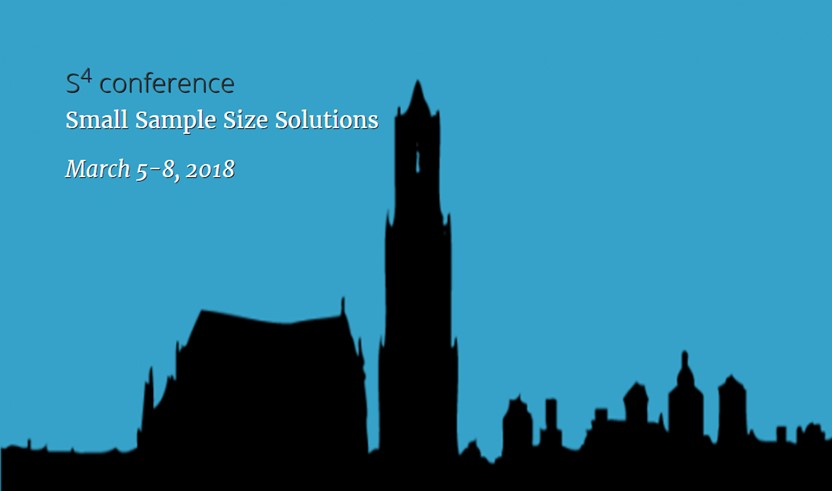Small Sample Size Conference
Researchers often have difficulties collecting enough data to obtain statistical power: when target groups are small, hard to access, or measuring the participants requires prohibitive costs. Such obstacles to collecting data usually lead to a limited data set. Researchers can overcome this through simplifying their…
Improving Transparency and Replication in Bayesian Statistics: The WAMBS-Checklist
Bayesian statistical methods are slowly creeping into all fields of science and are becoming ever more popular in applied research. Although it is very attractive to use Bayesian statistics, our personal experience has led us to believe that naively applying Bayesian methods can be dangerous for at least 3 main reasons:
A Systematic Review of Bayesian Papers in Psychology: The Last 25 Years
Although the statistical tools most often used by researchers in the field of psychology over the last 25 years are based on frequentist statistics, it is often claimed that the alternative Bayesian approach to statistics is gaining in popularity.
Simulation Study Introducing the BRMSEA
Evaluating model fit in Bayesian confirmatory factor analysis with large samples: Simulation study introducing the BRMSEA
Collinear Latent Variables in Multilevel Confirmatory Factor Analysis: A Comparison of Maximum Likelihood and Bayesian Estimation
Because variables may be correlated in the social and behavioral sciences, multicollinearity might be problematic. This study investigates the effect of collinearity manipulated in within and between levels of a two-level confirmatory factor analysis by Monte Carlo simulation.
Analyzing small data sets using Bayesian estimation: the case of posttraumatic stress symptoms following mechanical ventilation in burn survivors
The analysis of small data sets in longitudinal studies can lead to power issues and often suffers from biased parameter values. These issues can be solved by using Bayesian estimation in conjunction with informative prior distributions.
Analyzing indirect effects in cluster randomized trials. The effect of estimation method, number of groups and group sizes on accuracy and power
Cluster randomized trials assess the effect of an intervention that is carried out at the group or cluster level. Ajzen’s theory of planned behavior is often used to model the effect of the intervention as an indirect effect mediated in turn by attitude, norms and behavioral intention.
How few countries will do? Comparative survey analysis from a Bayesian perspective
Meuleman and Billiet (2009) have carried out a simulation study aimed at the question how many countries are needed for accurate multilevel SEM estimation in comparative studies. The authors concluded that a sample of 50 to 100 countries is needed for accurate estimation.







